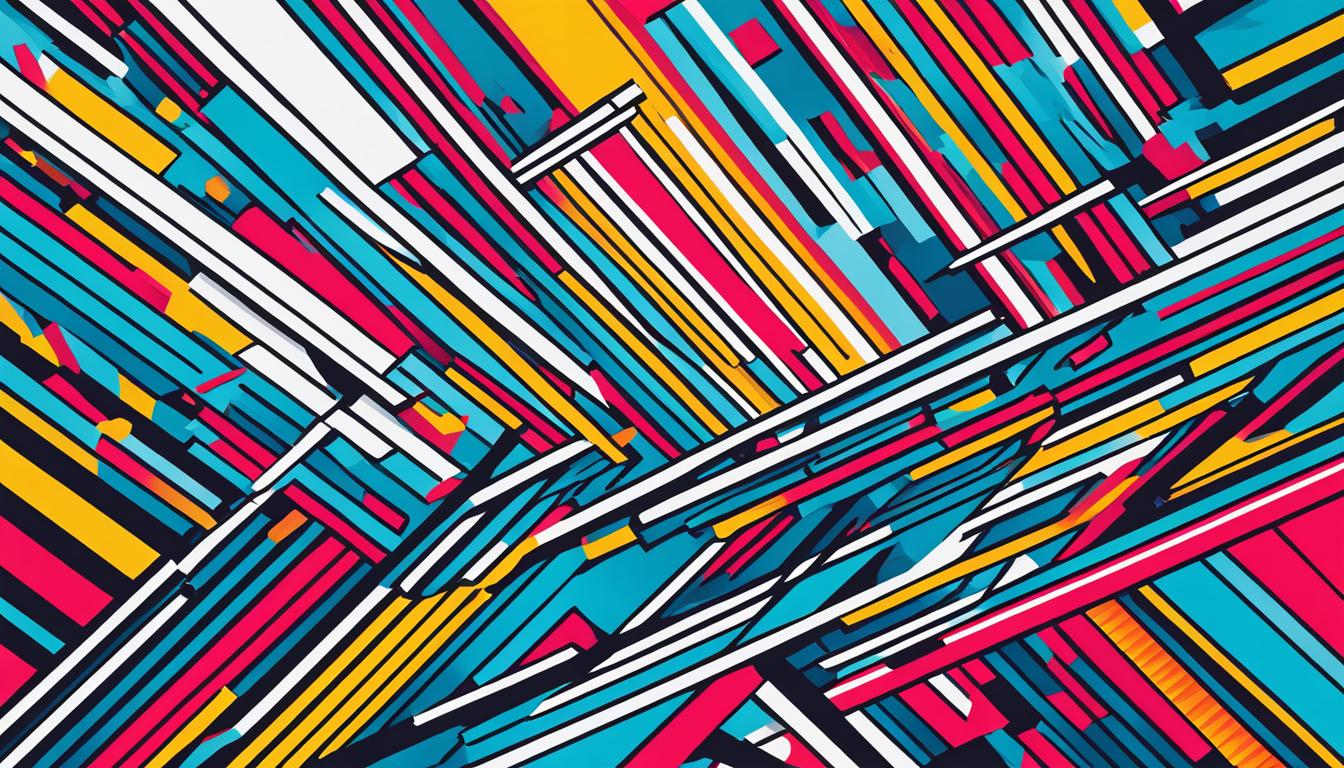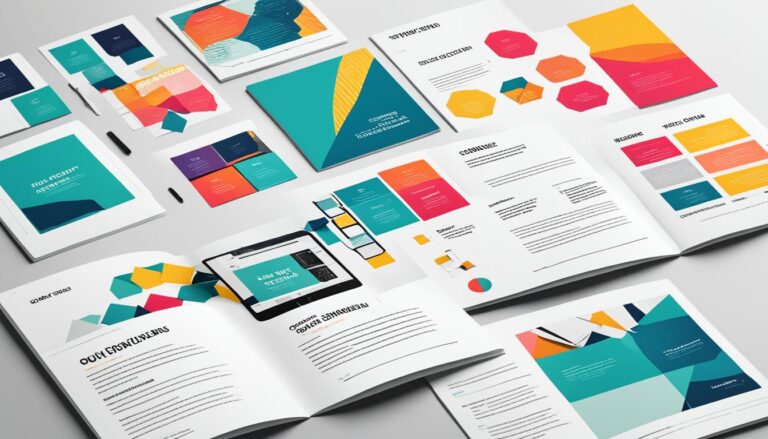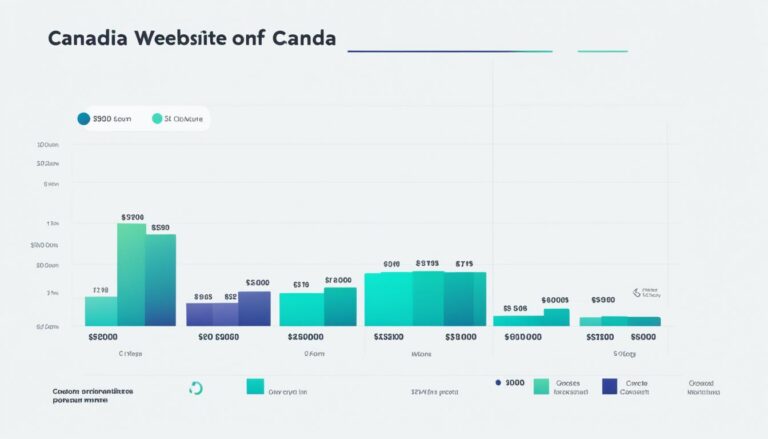Mastering Freelance Graphic Design: A Guide
Welcome to our comprehensive guide on mastering freelance graphic design! If you are considering a creative career in freelance graphic design, you’ve come to the right place. In this guide, we will provide you with essential tips for success in the dynamic field of freelance graphic design. Whether you are just starting out or looking to elevate your career to the next level, these insights will help you navigate the competitive landscape and thrive as a freelance graphic designer.
The Importance of Graphic Design in Today’s World
Graphic design plays a significant role in today’s visually driven world. It is a crucial tool in branding, advertising, and communication. Good design can make a product more appealing, a message more persuasive, and a brand more memorable. Graphic design is the art of visual communication, using typography, imagery, color, and form to solve problems and convey ideas.
Encompassing various mediums, both digital and print, graphic design has a rich history that has evolved with advancements in technology. From the iconic logos of global brands to eye-catching advertisements that captivate audiences, graphic design has the power to shape perceptions and influence behavior.
Visual communication is at the core of graphic design. It is the process of conveying ideas and messages through visual elements, enabling effective storytelling and engagement. By utilizing strategic placement of images, fonts, and colors, graphic designers can create visual narratives that resonate with viewers.
“Design is the silent ambassador for your brand.” – Paul Rand
The Role of Graphic Design in Branding
Branding is a crucial aspect of any business or organization. It encompasses not just the logo or visual identity, but also the overall perception and experience that customers have with the brand. Graphic design plays a key role in establishing and reinforcing a brand’s identity.
Through the strategic use of colors, typography, and imagery, graphic designers can create a visual language that aligns with the brand’s values, personality, and target audience. They craft compelling brand identities that connote trust, professionalism, creativity, or any desired brand attributes.
From the iconic Coca-Cola logo to the sleek packaging of Apple products, effective graphic design is what differentiates successful brands from their competitors and makes them instantly recognizable.
The Influence of Graphic Design in Advertising
Advertising is all about grabbing attention and compelling people to take action. Graphic design plays a vital role in creating visually appealing and impactful advertisements that captivate the audience.
By using compelling visuals, persuasive copy, and strategic layouts, graphic designers collaborate with marketing teams to craft advertisements that communicate the brand’s message effectively. They consider various factors, such as the target audience’s preferences, cultural nuances, and the medium through which the advertisements will be displayed, to create designs that resonate with viewers and drive results.
Whether it’s a print ad in a magazine, a billboard on a busy street, or a digital banner on a website, graphic design has the power to make advertisements stand out and leave a lasting impression.
The Evolution of Graphic Design
Graphic design has come a long way since its inception. With advancements in technology, designers now have access to a wide array of tools and techniques that can enhance their creativity and streamline their workflow.
From the days of hand-drawn illustrations and typesetting to the digital era of vector graphics and user interface design, graphic design has evolved to meet the demands of an ever-changing world. It continues to push boundaries and explore new possibilities.
With the advent of the internet and social media, graphic design has also expanded its reach, making visual communication more accessible and pervasive than ever before. Brands and individuals alike rely on graphic design to create engaging content for websites, social media platforms, and digital marketing campaigns.
“Design is intelligence made visible.” – Alina Wheeler
Understanding the importance of graphic design in today’s world is crucial for anyone looking to pursue a career in the field. It is a dynamic and constantly evolving discipline that offers endless opportunities for creativity and innovation.
Exploring Educational Options for Graphic Design
When considering pursuing a career in graphic design, there are various educational options to explore. Whether you’re starting from scratch or looking to enhance your existing skills, finding the right educational program can provide the necessary foundation for a successful career in graphic design.
Formal Degree Programs
Formal education, such as bachelor’s and associate’s degree programs, can offer a structured learning path and provide a solid foundation in graphic design. These programs typically cover essential design principles, software usage, and practical skills required in the industry.
By enrolling in a degree program, you’ll have access to experienced faculty members who can guide you on your design journey. Collaborating with peers allows you to gain invaluable insights, exchange ideas, and establish a network within the industry. Additionally, many degree programs offer internships or cooperative education opportunities, providing real-world experience before entering the job market.
Online Courses
If you’re seeking flexibility and self-paced learning, online courses can be a great option. They offer the convenience of learning from anywhere at any time, making them ideal for individuals with busy schedules or those who prefer a more independent approach.
Online graphic design courses cover a wide range of topics, from fundamental design principles to specialized areas like web design, motion graphics, or branding. These courses often include practical assignments and projects to ensure hands-on learning and application of skills.
Some reputable online platforms offering graphic design courses include:
- Udemy
- Coursera
- Skillshare
Self-Learning and Resources
If you prefer a more self-directed learning experience, there are numerous resources available for self-learning. Books, tutorials, and online design communities provide a wealth of knowledge at your fingertips.
Engaging in self-learning allows you to tailor your education to your specific interests and goals. You can explore different design techniques, experiment with various software programs, and immerse yourself in design theory and history.
Some popular graphic design books include:
- “Thinking with Type” by Ellen Lupton
- “Logo Design Love” by David Airey
- “The Non-Designer’s Design Book” by Robin Williams
Remember to stay updated with the latest design trends and developments by following industry blogs, attending design conferences, and participating in workshops or webinars.
Choosing the Right Program
When selecting a graphic design program, consider your career goals, budget, and personal learning style. Research the curriculum to ensure it aligns with your interests and future aspirations. Look for programs that have experienced faculty with industry expertise and accreditation from recognized organizations.
Take advantage of online reviews, testimonials, and word-of-mouth recommendations from professionals in the field to make an informed decision.
| Educational Option | Pros | Cons |
|---|---|---|
| Formal Degree Programs |
|
|
| Online Courses |
|
|
| Self-Learning and Resources |
|
|
Conclusion
Mastering freelance graphic design requires a combination of creativity, technical skills, and business acumen. By following the tips provided in this guide, including defining your niche, building a strong portfolio, networking, and setting clear goals, you can elevate your freelance graphic design career.
Embracing continuous learning, valuing your work, practicing effective time management, and maintaining open communication with clients are also key factors for success. By understanding the importance of graphic design in today’s world and exploring the various educational options available, you can further enhance your skills and stay ahead of the curve.
Remember, freelancing is a journey of constant growth and learning, and by applying these tips and guidance, you can thrive in the competitive field of graphic design.
FAQ
Are there any key tips for succeeding in a freelance graphic design career?
Yes, there are several key tips to keep in mind. First, define your niche and specialize in a specific area of graphic design. Building a strong portfolio, networking, crafting an irresistible pitch, setting clear goals, valuing your work, practicing effective time management, and continuous learning are also essential.
What is the role of graphic design in today’s world?
Graphic design plays a significant role in branding, advertising, and communication. It is a crucial tool in making products more appealing, messages more persuasive, and brands more memorable. Graphic design is the art of visual communication, using typography, imagery, color, and form to solve problems and convey ideas.
What educational options are available for pursuing a career in graphic design?
There are various educational options to explore, such as formal degree programs (bachelor’s and associate’s), online courses, and self-learning through books, tutorials, and online resources. When choosing a graphic design program, consider your career goals, budget, and the specific details of each program.
How can I master freelance graphic design?
Mastering freelance graphic design requires a combination of creativity, technical skills, and business acumen. By defining your niche, building a strong portfolio, networking, setting clear goals, continuous learning, valuing your work, practicing effective time management, and maintaining open communication with clients, you can elevate your freelance graphic design career.










